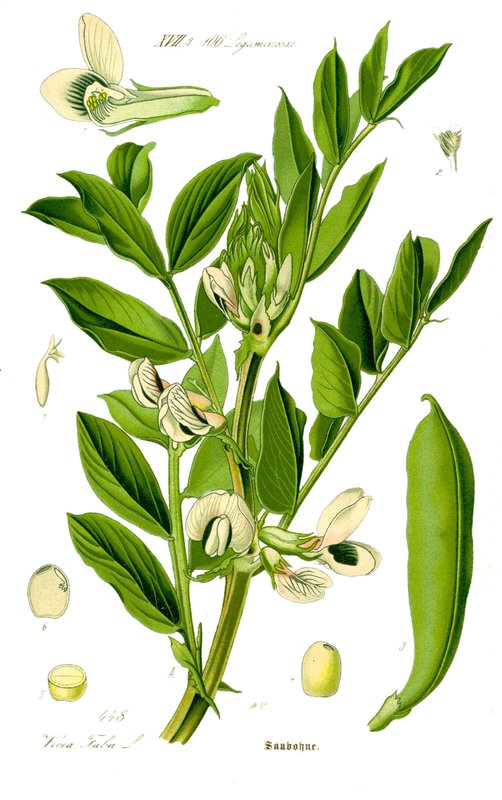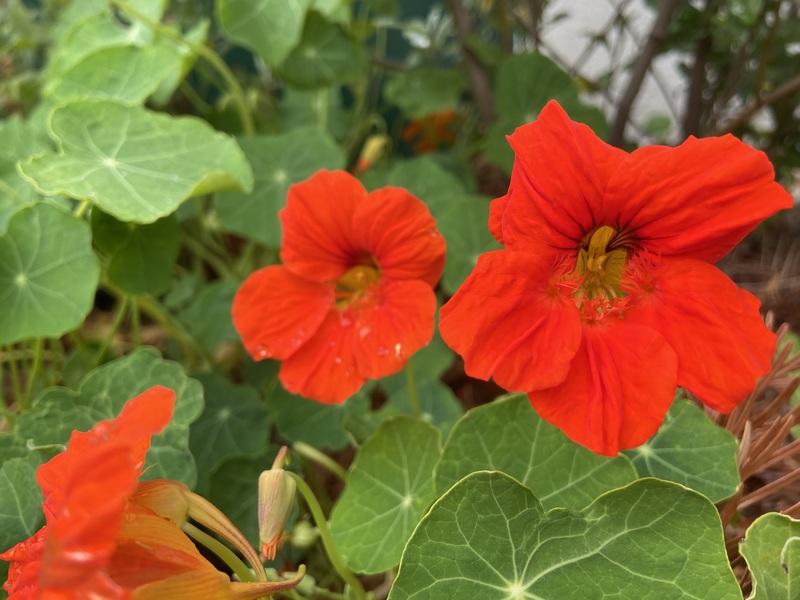Description
Avena strigosa, commonly known as black oats or black oat grass, is a species of grass native to Europe and Asia. It is a small annual grass that grows to a height of about 30-70 cm. The leaves are narrow and have a hairy texture, while the stems are erect and slightly hairy. The flowers are small and green, and are produced in dense panicles at the top of the stems.
Black oats prefer well-drained, fertile soils and full sun. They can be grown successfully in a variety of soil types, but do not tolerate drought or waterlogged conditions. To cultivate black oats, sow the seeds in the spring and water regularly until they are established. Black oats are not winter hardy, so they need to be grown as an annual in colder climates.
Black oats are not edible for humans, but they can be used as livestock feed. The straw from the plant can also be used as a mulch or forage for animals. Black oats can also be used for erosion control, as they have a dense root system that helps to stabilize the soil.
In addition to their agricultural uses, black oats are also valued by wildlife. The seeds of the plant are an important food source for birds and small mammals, and the dense root system provides habitat and shelter for a variety of animals.

